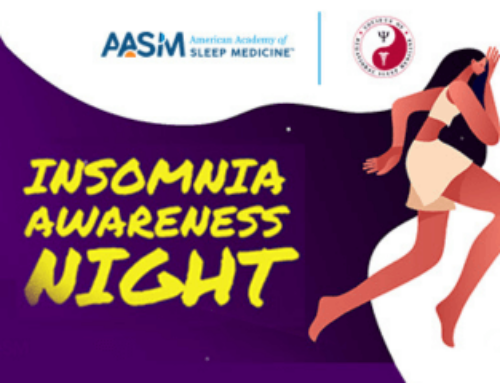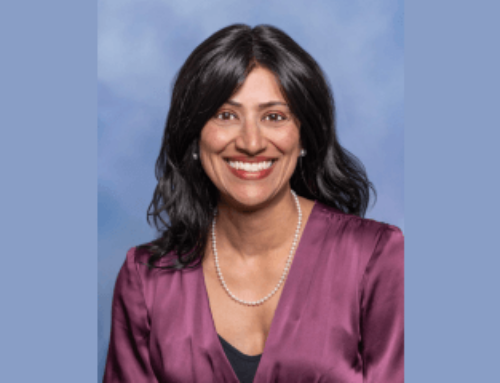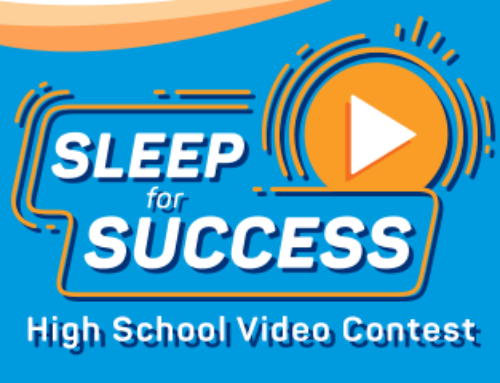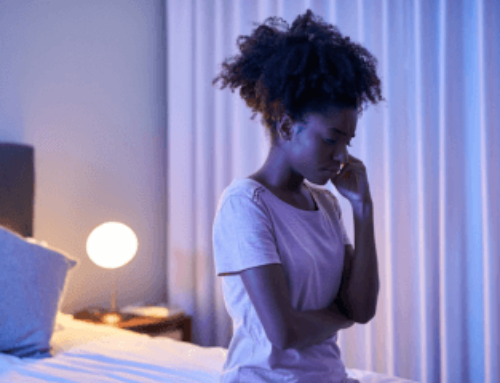EMBARGOED FOR RELEASE: 3 p.m. EDT, August 30, 2013
CONTACT: Lynn Celmer, 630-737-9700, ext. 9364, lcelmer@aasm.org
DARIEN, IL – A new brain imaging study may help explain why people with insomnia often complain that they struggle to concentrate during the day even when objective evidence of a cognitive problem is lacking.
“We found that insomnia subjects did not properly turn on brain regions critical to a working memory task and did not turn off ‘mind-wandering’ brain regions irrelevant to the task,” said lead author Sean P.A. Drummond, PhD, associate professor in the department of psychiatry at the University of California, San Diego, and the VA San Diego Healthcare System, and Secretary/Treasurer of the Sleep Research Society. “Based on these results, it is not surprising that someone with insomnia would feel like they are working harder to do the same job as a healthy sleeper.”
The research team led by Drummond and co-principal investigator Matthew Walker, PhD, studied 25 people with primary insomnia and 25 good sleepers. Participants had an average age of 32 years. The study subjects underwent a functional magnetic resonance imaging scan while performing a working memory task.
Results published in the September issue of the journal Sleep show that participants with insomnia did not differ from good sleepers in objective cognitive performance on the working memory task. However, the MRI scans revealed that people with insomnia could not modulate activity in brain regions typically used to perform the task.
As the task got harder, good sleepers used more resources within the working memory network of the brain, especially the dorsolateral prefrontal cortex. Insomnia subjects, however, were unable to recruit more resources in these brain regions. Furthermore, as the task got harder, participants with insomnia did not dial down the “default mode” regions of the brain that are normally only active when our minds are wandering.
“The data help us understand that people with insomnia not only have trouble sleeping at night, but their brains are not functioning as efficiently during the day,” said Drummond. “Some aspects of insomnia are as much of a daytime problem as a nighttime problem. These daytime problems are associated with organic, measurable abnormalities of brain activity, giving us a biological marker for treatment success.”
According to the authors, the study is the largest to examine cerebral activation with functional MRI during cognitive performance in people with primary insomnia, relative to well-matched good sleepers. It also is the first to characterize functional MRI differences in working memory in people with primary insomnia.
The American Academy of Sleep Medicine reports that about 10 to 15 percent of adults have an insomnia disorder with distress or daytime impairment. Most often insomnia is a comorbid disorder occurring with another problem such as depression or chronic pain, or caused by a medication or substance. Fewer people suffering from insomnia are considered to have primary insomnia, which is defined as a difficulty falling asleep or maintaining sleep in the absence of a coexisting condition.
To request a copy of the study, “Neural correlates of working memory performance in primary insomnia,” and the related commentary, “Functional imaging of primary insomnia: new images and fresh opportunities,” or to arrange an interview with Dr. Drummond or an AASM spokesperson, please contact Communications Coordinator Lynn Celmer at 630-737-9700, ext. 9364, or lcelmer@aasm.org.
The monthly, peer-reviewed, scientific journal Sleep is published online by the Associated Professional Sleep Societies LLC, a joint venture of the American Academy of Sleep Medicine and the Sleep Research Society. The AASM is a professional membership society that improves sleep health and promotes high quality patient centered care through advocacy, education, strategic research, and practice standards (www.aasm.org).
The American Academy of Sleep Medicine considers sleep disorders an illness that has reached epidemic proportions. Board-certified sleep medicine physicians in an AASM-accredited sleep center provide effective treatment. AASM encourages patients to talk to their doctors about sleep problems or visit www.sleepeducation.com for a searchable directory of sleep centers.




